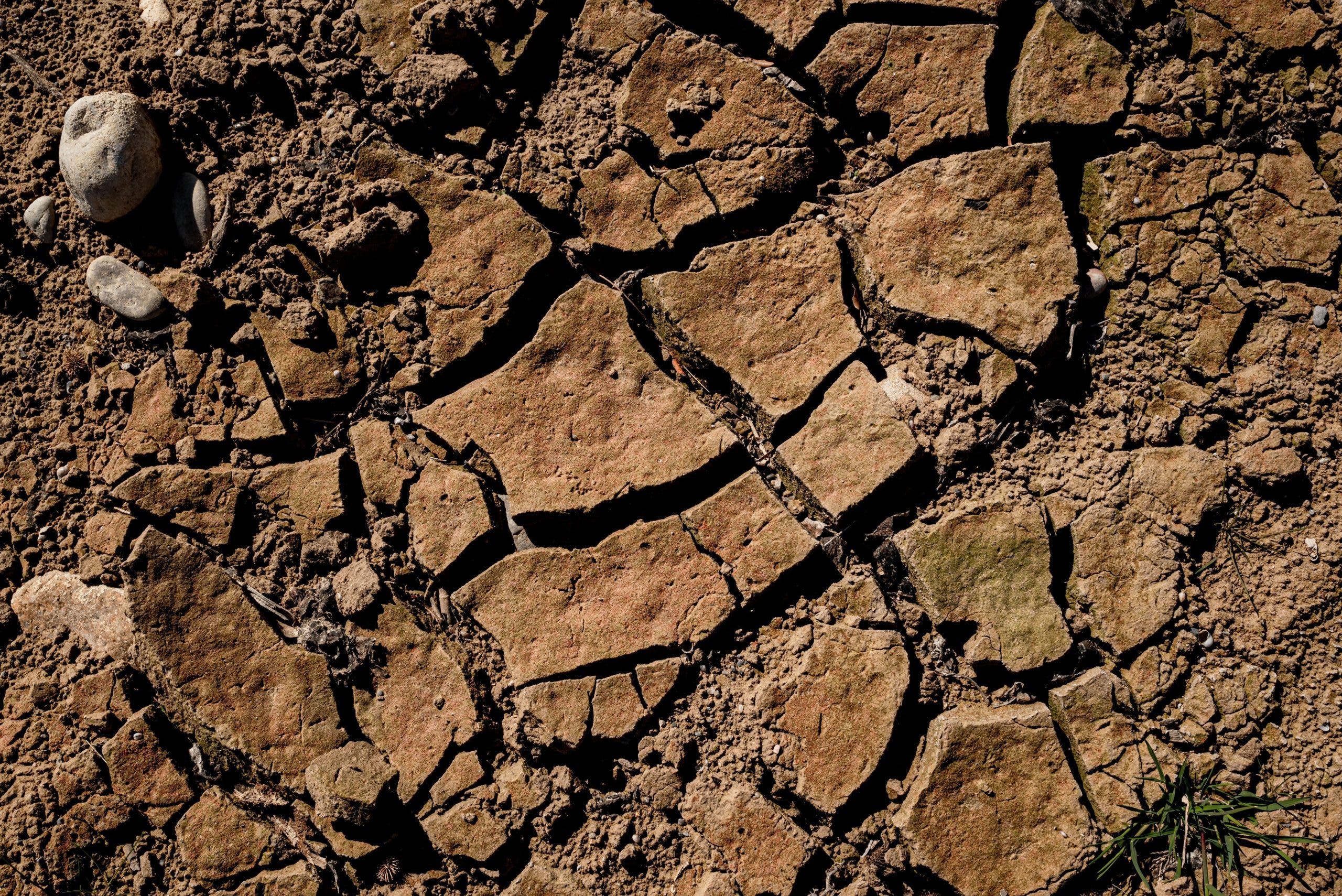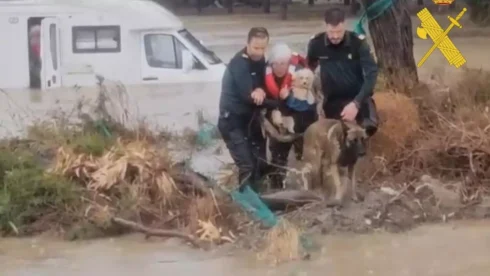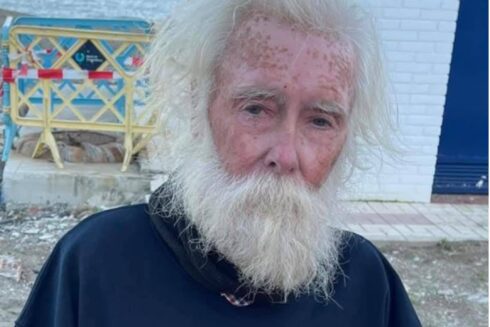RAIN over the Easter holiday period has boosted water reserves to an average national capacity of 63.1% compared to 57.2% last week.
The reserves stand at the average capacity figure of the last decade.
The welcome rainfall during Semana Santa and Easter was three times higher than what is normally expected in the final week of March, according to the State Meteorological Agency (AEMET).

During those seven days, rainfall exceeded 100 litres per m2 in large parts of the south and centre of Spain as well as Galicia and the Pyrenees.
The only exceptions were the extreme east of Spain, the Bay of Biscay and the south of the Canary Islands.
Last week’s rainfall caused by Storm Nelson affected the whole peninsula, although the maximum value occurred in the North African enclave of Ceuta, where 172.6 litres per m2 were collected.
There was a significant improvement in Andalucia’s Guadalquivir basin, which has risen by more than 1,000 cubic hectometres from 30% capacity last week to 42.9% on Tuesday, according to figures from the Ministry for Ecological Transition.
Heading north, the reservoirs of the Ter-Llobregat system, which supply the Barcelona and Girona areas have seen a marginal increase, standing at 16.92%- up 0.7% on last Tuesday.

The reservoirs according to the Agencia Catalana de l’Aigua have a volume of 103.59 cubic hectometres, but they are significantly below where they were last year at this time(26.66% capacity and 163.15 cubic hectometres).
It remains to be seen whether any changes will be made to Catalunya’s Special Drought Plan which has imposed emergency restrictions.
Based on the marginal improvement, that seems unlikely unless there is a wet April.
The highest water levels in Spain are the Eastern Cantabrian Sea (93.2%), the inland basins of the Basque Country (90.5%), Galicia Costa (87.3%), the Miño-Sil (86.9%), the Duero (86.4%); Red, Odiel and Piedras (84.3%); the Western Cantabrian Sea (82.9%), the Tagus (76.6%), the Ebro (73.0%) and the Jucar (52.6%).
Below 50% are the Guadiana (48.7%), the Guadalquivir (42.9%), the Guadalete-Barbate (27.2%), the Andalucian Mediterranean basin (26.9%), the Segura (22.8%) and Catalunya’s inland basins (16.4%).
READ MORE:
- Drought latest in Spain: Reservoirs in Malaga are only 24% full after days of rain – as government maintains…
- Economic impact of drought is laid bare: Andalucia to grow less than the rest of Spain due to affected…
- Gibraltar is building a pipe to provide drinking water from Spain: Locals across the border fume amid drought conditions








